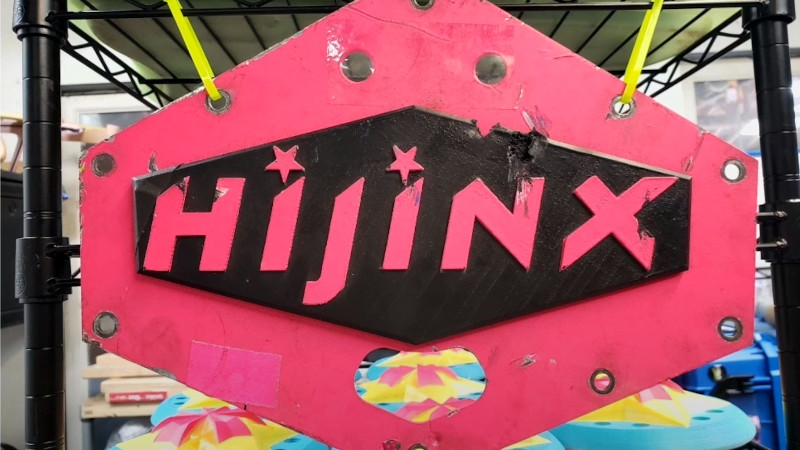The job of processing video after a large event must be a thankless one for whichever volunteer upon whose shoulders it falls, and thus it’s not unusual for talks at larger events to end up online much later than the event itself. Electromagnetic Field 2022 was last year, but they have continued to drop new videos. Among the latest batch is one from [Jennifer Herchenroeder], in which she discusses the steel used in her team’s BattleBot, Hijinx (Edit: her EMF talk was cut short due to time pressures, so she re-recorded it in full after the event and we’ve replaced the link. The EMF video meanwhile is here). The result is a fascinating introduction to the metallurgy of iron and steel, and is well worth a watch.
To fully understand the selection of armor steel it’s necessary to start from first principles with iron, to look at its various allotropes, and understand something of how those allotropes form and mix in the steel making and metalworking processes. We’re treated to a full description of the various tempering and hardening processes, before a panel-by-panel rundown of the various steels used by Hijinx.
For a Hackaday writer with a past in robot combat it’s fascinating to see how the design of robots has evolved over the decades since the British Robot Wars, and it’s particularly nice to see the current generation as part of our community. However, if you’ve tempted yourself, bear in mind that it’s not all plain sailing.
















It seems Jen uploaded a higher quality cut of the video to her channel too.
https://www.youtube.com/watch?v=n3kWQf4E1hU
yep, not all steel is equal. Not all steel ‘rated’ the same is equal either.. And there is some very crappy steel used in construction at times…
I’ve the last 10 years or so I’ve had a few of the steel wholesalers in town swap to selling really bad stuff – my drill press or cutter will go through it like a hot knife through butter – and people build with it…
This can be an issue with hobby projects, but deadly with construction stuff. I’ve seen bad construction steel being used in Chinese build projects. Contruction workers were able to bend I beams with their hands. Looked more like rubber instead of steel. It’s crazy to me anyone would do that.
I’ve ordered steel before that should have been O1 steel, but I couldn’t get it hardened properly. Quite annoying after spending about 20 hours getting everything ready to harden. I’m in the Netherlands since then, import tool steel from Germany, from a company that always delivers what I ask. Just annoyed I can’t set the site to English as I don’t speak any German.
Just use Chrome auto-translate.
The number of people who treat “metal” as some universal substance is amazing, before you even get into the idea that there’s different grades with different properties, then things like heat treatments and other processes.
Anyone making anything safety critical should be requesting CofCs and doing batch property testing intependently.
Yup that really works, particularly if you remember the 2024 aluminum fiasco from Alcoa back in the 1990’s
wierdly enough,pure iron is the most expensive and difficult
element to work with as it reacts,with everything,instantly
this has led to some difficulty in describing what pure iron’s
properties actualy are! no one quite knows!
gold and platinum ,etc are easy!